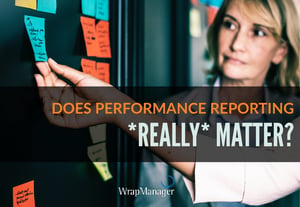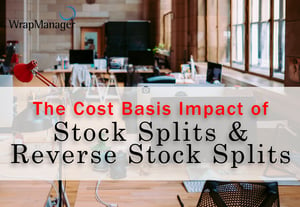Should You Be Concerned About the Height of the Market?
US equity markets have been trading at or near all-time highs recently as the S&P 500 and Nasdaq Composite both reached new highs multiple times in August.1 This news has led some skeptics to believe that a US stock market at a record high level could be a cause for concern.
Does reaching an all-time high mean that the market is more likely to decline in the near future?
After all, reaching an all-time high means we could be at the peak of the market and we could now be poised for a sell-off. Before we get too caught up in the hype though, let’s take a look back at what market highs have shown historically.
Looking at the month-by-month returns of the S&P 500 (including dividends) from 1900 through July 2018, 276 of all months in this time period ended at all-time highs as compared to the monthly close of all previous months.2
Interestingly enough, of these 275 months ending at all-time highs prior to July 2018, 258 of them, or 93.8%, were followed by at least one new month-end all-time high at some point in the next year. 98.2% of all-time highs were followed by at least one new all-time high within the next 5 years and 99.3% of all-time highs were followed by at least one new all-time high within the next 10 years.
[+] Read More


















